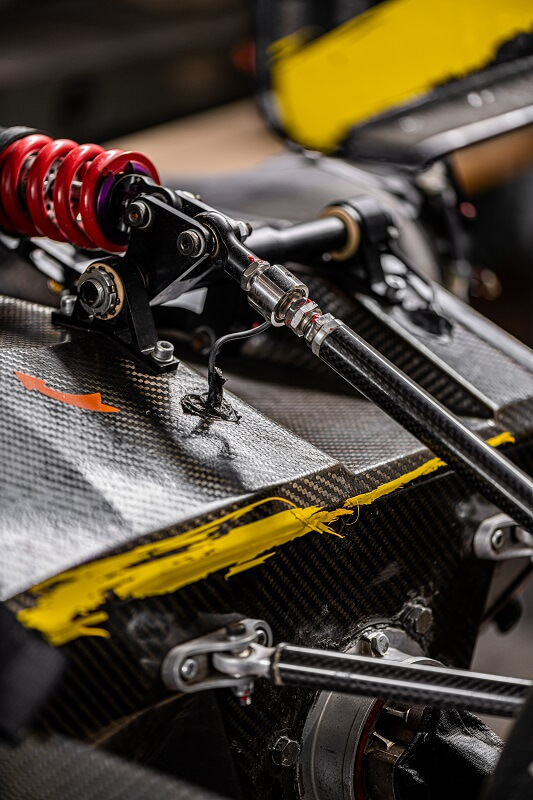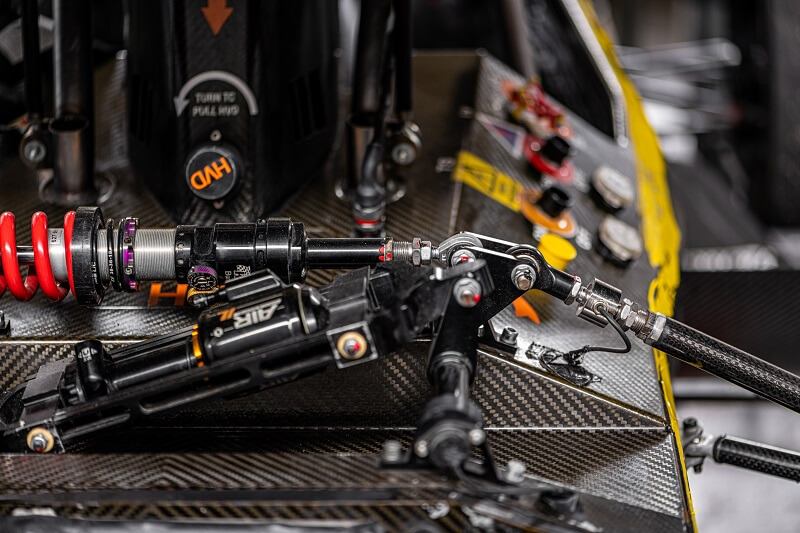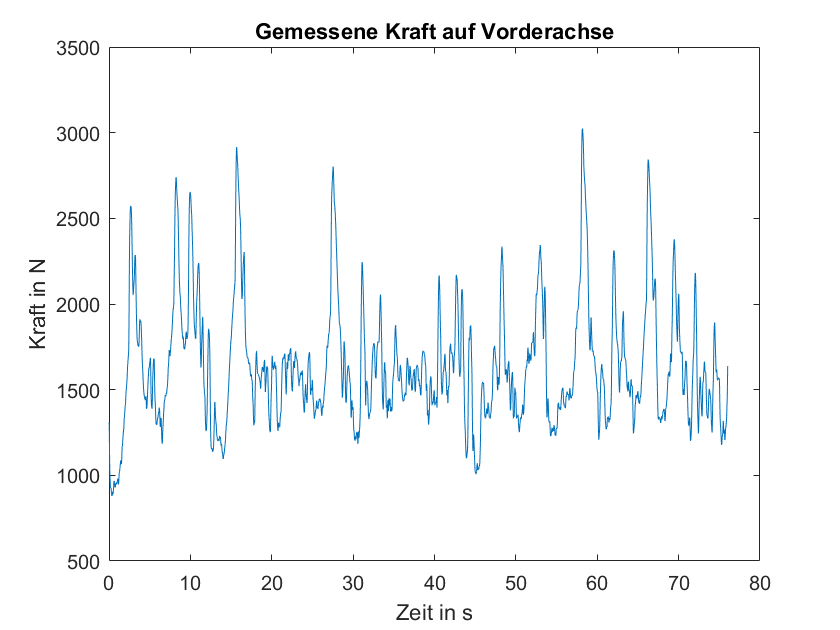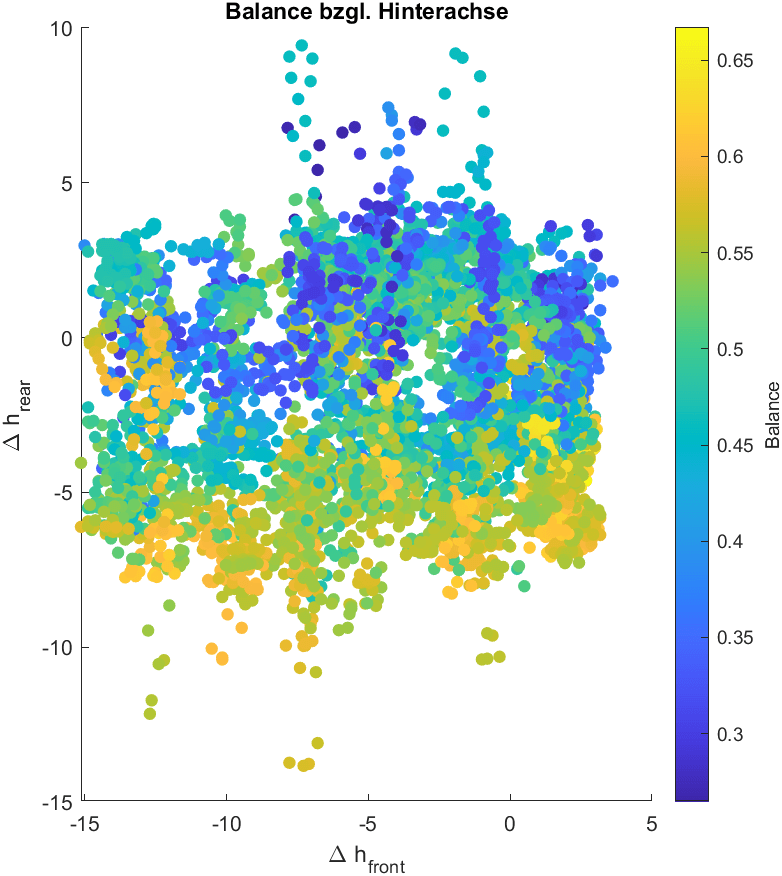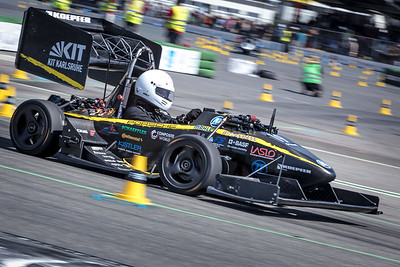Furthermore, ultra-thin sensors such as the KMR/20kN force washer enable the implementation of a concept for continuous force-controlled recuperation. It involves measuring the force applied by the foot directly behind the holder for the ball of the driver's foot and, thus, allows to benefit from the great advantage of an electric vehicle—recuperation—with the lowest possible weight of the brake pedal.
To determine the stiffness of the vehicle as a whole and validate the stiffness of the individual components, we examine component assemblies in different levels of detail. The chassis stiffness can be determined using a semi-vehicle test bench. Using the KMD/50kN, all suspension components combined are loaded and measured in the direction of toe and camber.
